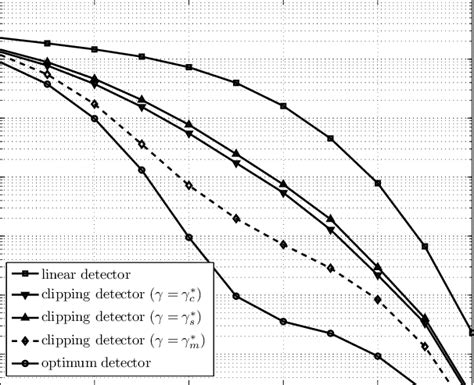
Clipping Detector: Get Creative with DIY Clipping Detectors
What is Clipping and Why Detect It? In audio engineering, clipping is a type of waveform distortion that occurs when an amplifier is overdriven and[…]
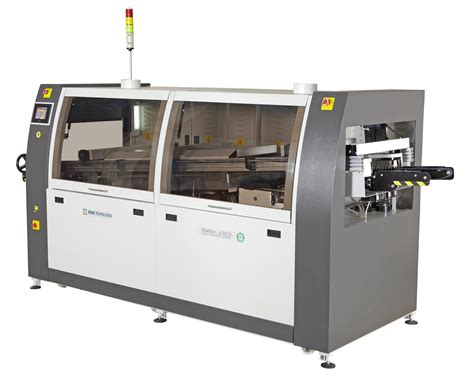
Wave Soldering-The Ultimate Guide To Effective Soldering
What is Wave Soldering? Wave soldering is a bulk soldering process used in the manufacture of printed circuit boards (PCBs). The process involves the PCB[…]
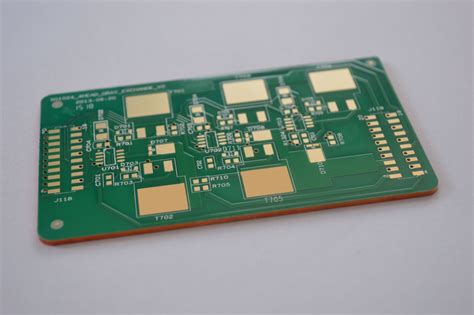
PCB Substrate Materials – What Type is Right For YRAYPCB ?
Types of PCB Substrate Materials There are several types of PCB substrate materials available, each with its own unique properties and characteristics. The most common[…]
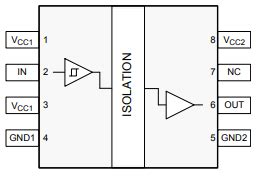
Analog vs. Digital Input: Data Transmission Signals for Different Devices
What is Analog Input? Analog input refers to a continuous signal that varies in amplitude over time. In other words, an analog signal can take[…]
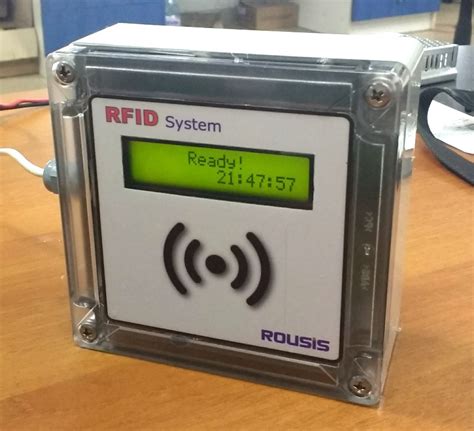
EM18: A complete guide to the RFID Reader Module
Introduction to RFID and the EM18 Reader Radio-frequency identification (RFID) is a wireless technology that uses electromagnetic fields to automatically identify and track tags attached[…]
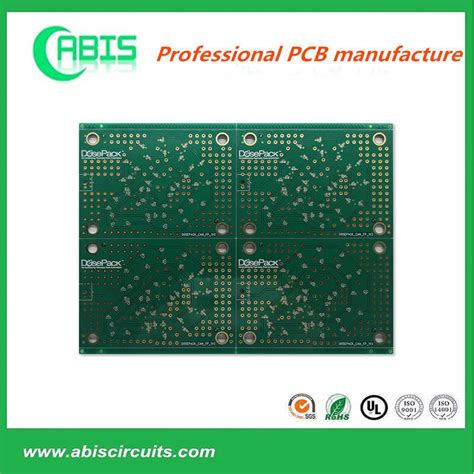
What is the difference between Rogers and Teflon PCB?
Overview of PCB Substrate Materials Before getting into the specifics of Rogers and Teflon, let’s briefly review the role of the substrate material in a[…]

Panel Guidelines – PCBs Delivered in a Panel
Introduction to PCB Panels Printed Circuit Boards (PCBs) are the backbone of modern electronics. They provide a platform for mounting and interconnecting electronic components, enabling[…]

What is ceramic PCB
Introduction to Ceramic PCB A ceramic printed circuit board (PCB) is a specialized type of PCB that utilizes ceramic materials as the substrate instead of[…]
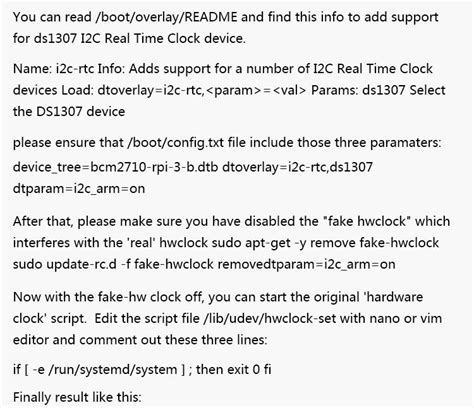
DS1307 Pinout: An in-depth Guide to the Real-Time Clock IC
Introduction to the DS1307 Real-Time Clock The DS1307 is a low-power, full binary-coded decimal (BCD) clock/calendar plus 56 bytes of NV SRAM. Address and data[…]

How Dirty PCB Can Affect System Performance
The Importance of PCB Cleanliness Printed Circuit Boards (PCBs) are the backbone of modern electronic devices. They are responsible for connecting various components and ensuring[…]